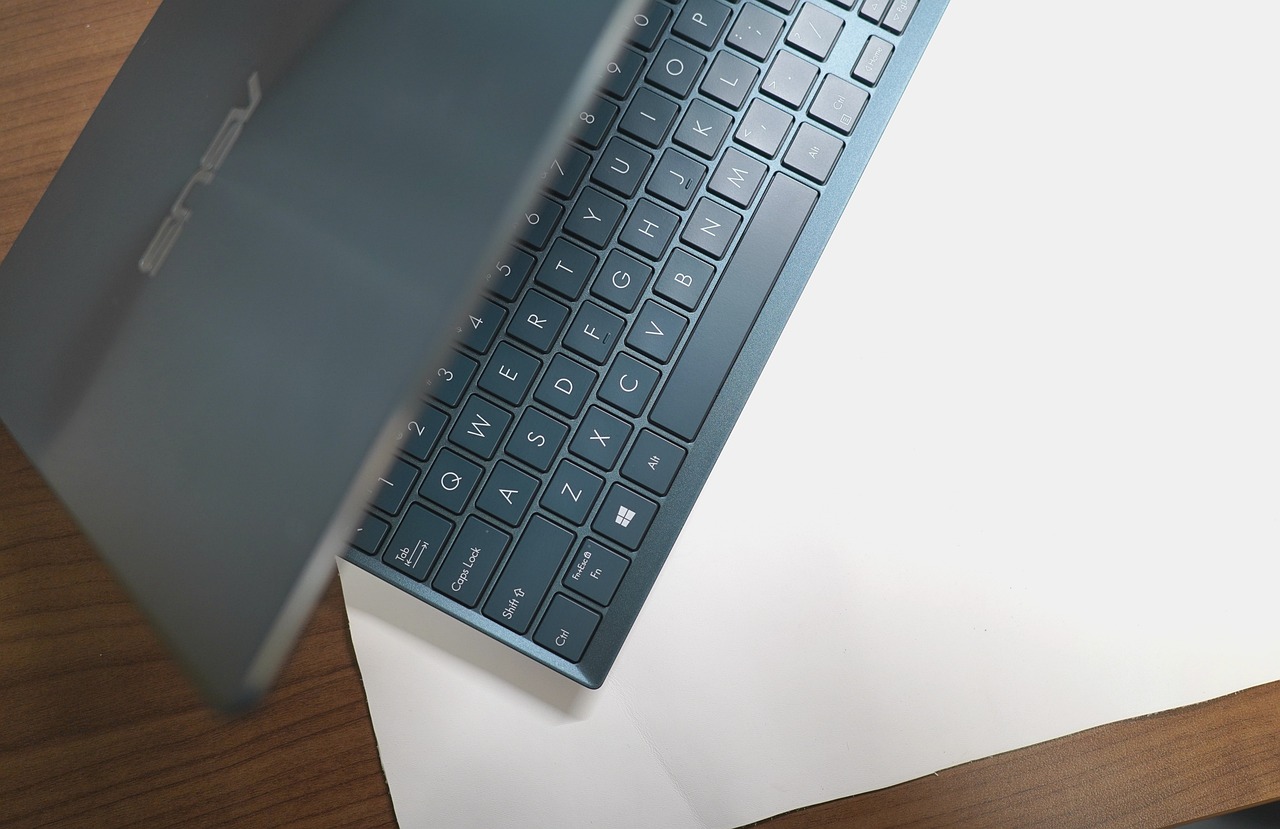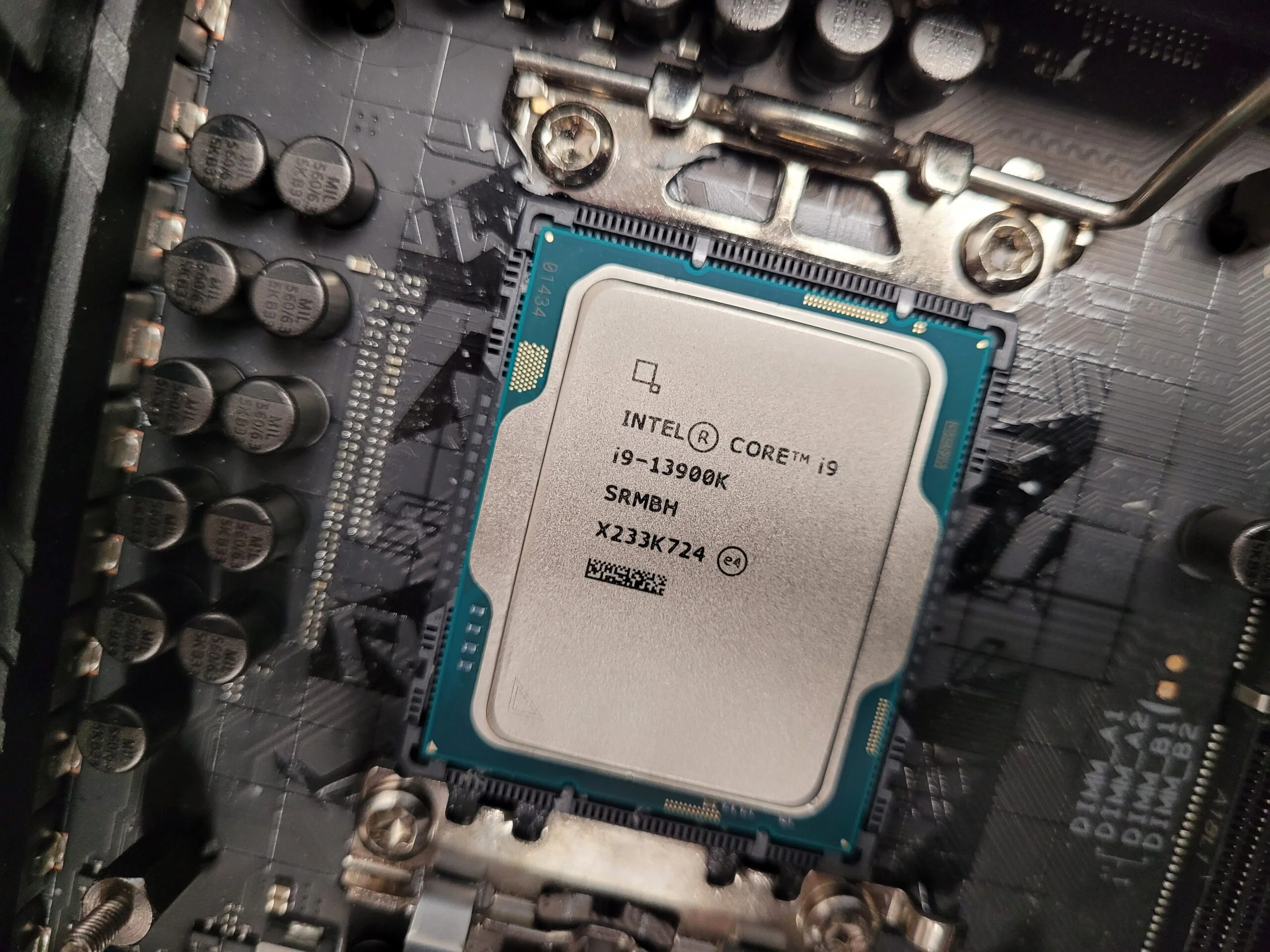Computers are everywhere. They’re in our homes, our offices, our schools, and even our pockets. But how do they work?
In this article, we’ll take a deep dive into the inner workings of computers. We’ll cover everything from the basics of hardware and software to the latest trends in cloud computing and edge computing.
The Basics
At the most basic level, a computer is a machine that can process information. It does this by using two main components: hardware and software.
Hardware
Hardware is the physical components of a computer. It includes things like the CPU, the memory, the hard drive, and the monitor.
The CPU, or central processing unit, is the brain of the computer. It’s responsible for executing instructions and carrying out calculations.
The memory stores data that the computer is currently using. This includes things like the operating system, the applications you’re running, and the files you’re working on.
The hard drive stores data that the computer needs to access more slowly, such as your documents, photos, and music.
The monitor displays the output of the computer. It’s what you see when you’re using your computer.
Software
Software is the instructions that tell the hardware what to do. It includes things like the operating system, applications, and games.
The operating system is the software that controls the basic functions of the computer. It manages the hardware, loads applications, and provides a user interface.
Applications are software programs that you use to do specific tasks. For example, a word processor is an application that you use to create documents, a web browser is an application that you use to browse the internet, and a game is an application that you use to play games.
How Computers Work
Now that we know the basics of hardware and software, let’s take a look at how computers work.
When you turn on your computer, the operating system is loaded into memory. The operating system then starts up the other hardware components, such as the CPU and the hard drive.
The CPU is responsible for executing instructions. It does this by breaking down instructions into smaller steps that it can understand.
The memory stores the data that the CPU is currently using. The CPU can access data from memory much faster than it can access data from the hard drive.
The hard drive stores data that the computer needs to access more slowly, such as your documents, photos, and music.
The monitor displays the output of the computer. The CPU sends instructions to the monitor, which tells the monitor what to display.
Cloud Computing
Cloud computing is a way of accessing computer resources over the internet. This means that you can use these resources from anywhere, as long as you have an internet connection.
Cloud computing is becoming increasingly popular, as it offers a number of advantages over traditional on-premises computing. These advantages include:
- Scalability: Cloud computing resources can be scaled up or down as needed, which makes it a cost-effective solution for businesses with fluctuating workloads.
- Accessibility: Cloud computing resources are accessible from anywhere, which makes it a convenient solution for remote workers.
- Security: Cloud providers offer a variety of security features to protect your data.
Edge Computing
Edge computing is a type of cloud computing that brings computing resources closer to the end user. This can improve performance and reduce latency, as data does not have to travel as far to be processed.
Edge computing is being used in a variety of applications, such as:
- Internet of Things (IoT): Edge computing can be used to collect and process data from IoT devices, such as sensors and cameras.
- Virtual reality (VR) and augmented reality (AR)**: Edge computing can be used to deliver VR and AR experiences with lower latency.
- Self-driving cars: Edge computing can be used to process data from sensors and cameras in self-driving cars.
Frequently Asked Questions
1. How do I get my computer to work?
If your computer is not working, there are a few things you can check:
- Make sure that your computer is plugged in and turned on.
- Check the power cables to make sure that they are properly plugged in.
- Try restarting your computer.
- If your computer is still not working, you may need to take it to a technician.
2. How do I use a computer?
The basics of using a computer are pretty simple. Here are a few things to get you started:





